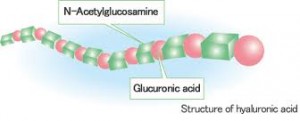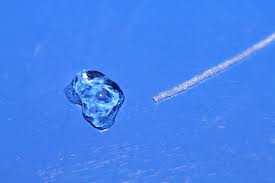When it comes to injectable fillers, there are now lots of options out there today. While once there was one in 2002, there are now over twenty FDA-approved injectable fillers in the U.S. alone a dozen years later. While that number seems daunting when it comes to making an injectable filler selection, it is important to realize that the vast majority of them are composed of the same thing…hyaluronic acid. (HA) This natural body sugar, synthetically manufactured, is very well tolerated, injects easily and is relatively inexpensive to manufacture, hence its popularity as the primary injectable filler agent.

As the largest organ of the body skin contains large quantities of hyaluronic acid. Hyaluronic acid is the lubricant in joint fluid and the main constituent of the vitreous fluid of the eye. Hyaluronic acid owes its functional importance to its viscoelastic properties and the capability to bind water. The latter property is the basis of countless moisturizers and hydration creams claiming to keep skin well hydrated and young looking.
In the course of aging the hyaluronic acid content of the skin decreases. Augmenting the amount of hyaluronic acid in the skin is thus a natural, biological, minimally invasive, homeopathic, and feel good anti-aging therapy – but due to chemical and physical obstacles not very successful with topical creams. The body’s own enzymes break HA type fillers into its individual sugar molecules, which then are further metabolized in the liver, eventually yielding water and carbon dioxide, the fundamental end products of all metabolism.

The eventual complete degradation of HA type injectable fillers terminates its volume enhancing effect. This can be a blessing as it also terminates any of the uncommon but aesthetically unpleasant lumps and irregularities which can occur in any injected facial area with the HA fillers. Should any of those occur and be significant enough, the commercially available enzyme antidote hyaluronidase, identical to the body’s own enzyme digesting hyaluronic acid, can be injected locally to hasten the resolution.


